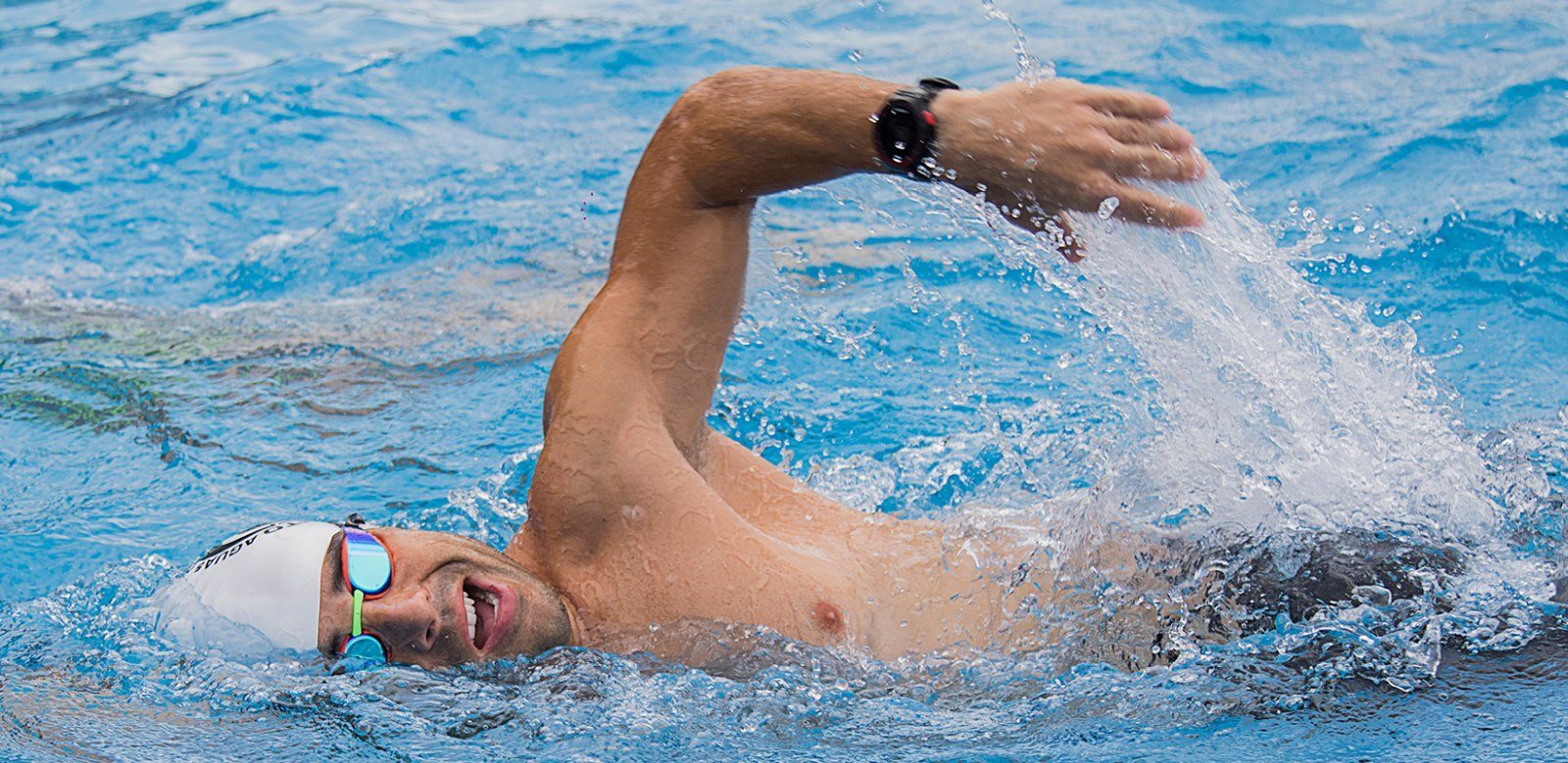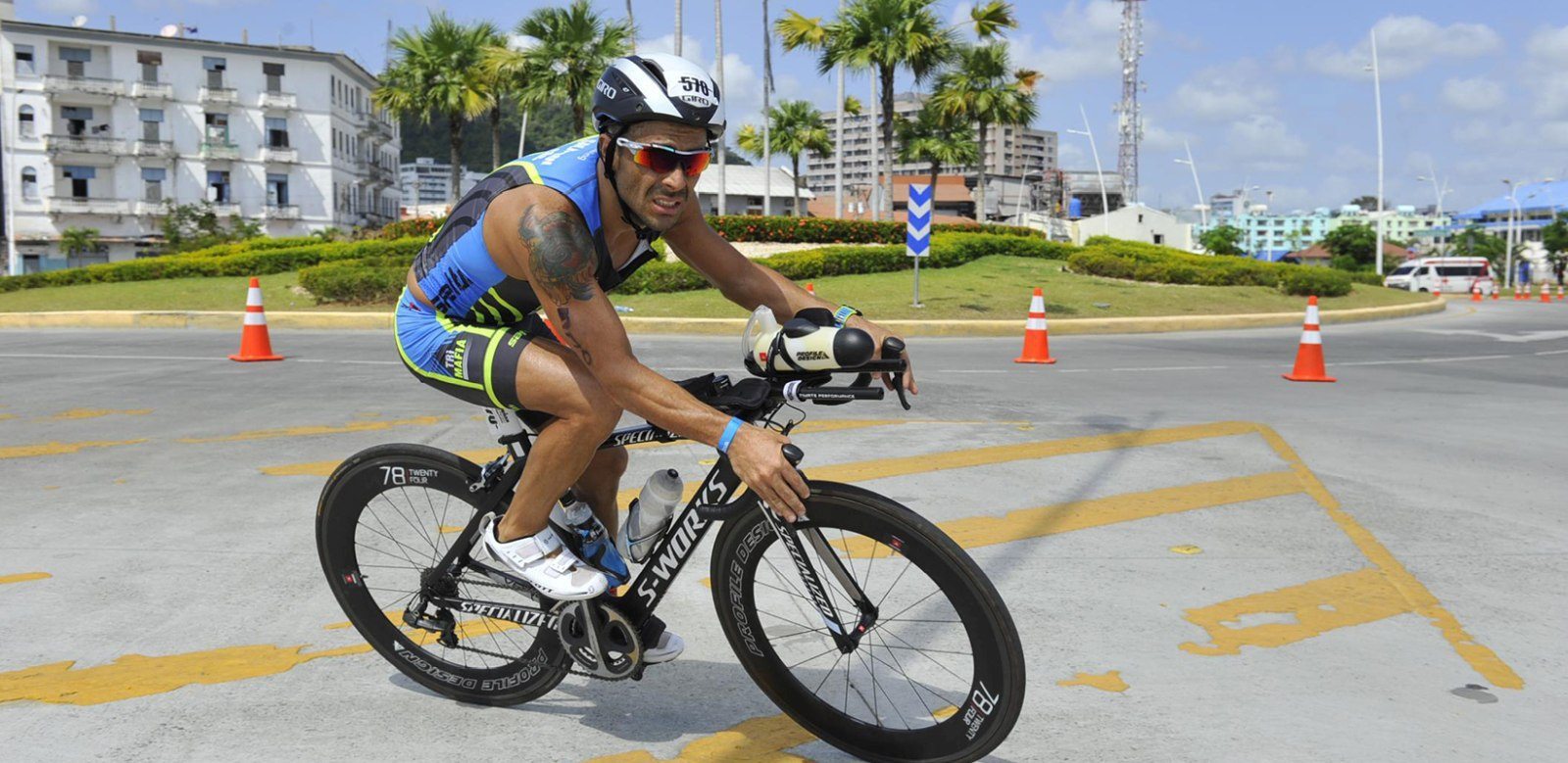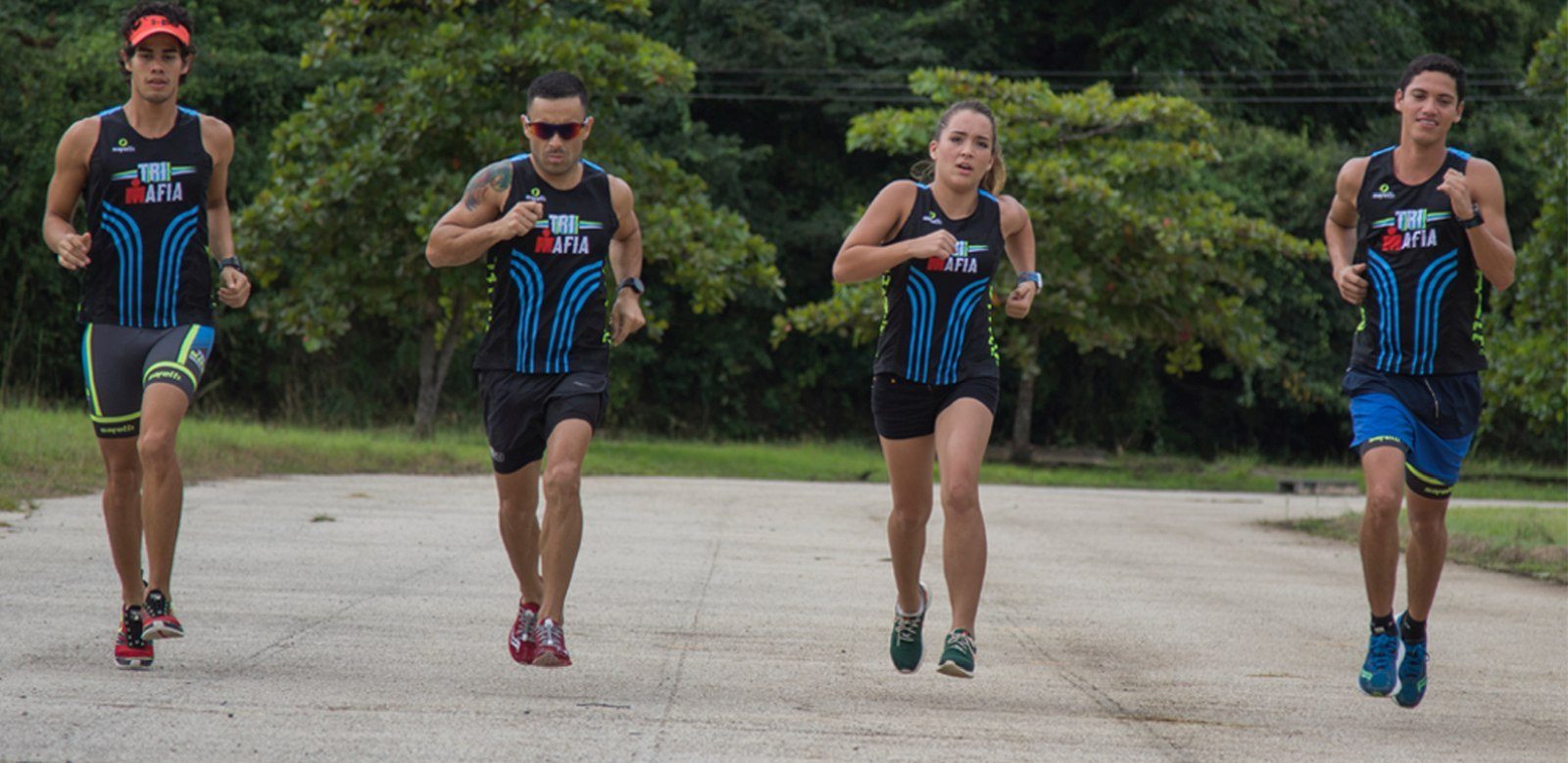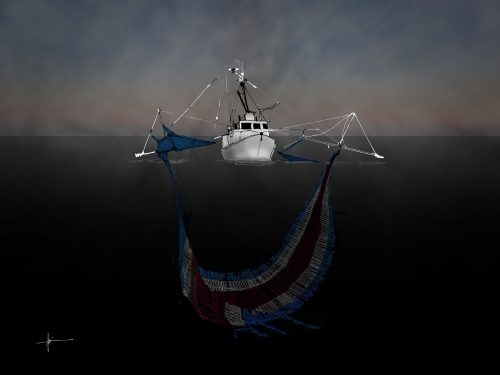
Training in Guanacaste’s climate makes medium- and long-distance triathlons an even more demanding sport than in other regions of the country, but it also provides motivational scenery.
The province’s temperatures, low altitude and Pacific currents make it a challenging destination for athletes. But that hasn’t stopped local athletes from standing out at a national level.
That’s the case for Nicoya resident Paul Castro, national champion in the Olympic 35-39 category, and Luis Cárdenas, a Nicoyan and national runner-up in the Sprint category.
The two accomplished athletes helped us with some crucial tips to ponder if you’re contemplating competing in local triathlons.
The Mind Is King
Castro began training only two years ago, but his body already works like a machine, surpassing his own limits. He believes a large part of his success is due to the power of his mind.
“The body has to do what you tell it to. The mind trains like a muscle, so you’ve got to motivate yourself even when you’re fatigued or in pain,” he said.
Castro recommends that regardless of age you stay hydrated (2-3 liters of water daily) and well fed to get the most out of your body under the circumstances.

For training, start with learning the basic principles of swimming. Once you have more experience and swim more fluidly you can move to the ocean.
Castro believes the Guanacastecan ocean is very calm, but there are currents, so you need to know how to orient yourself. Always swim accompanied by someone or in groups.
“Las Catalinas in Playa Danta or Nacascolo in Papagayo are calm beaches (and) accessible bays for swimming because there are no strong waves,” he said.

Another good spot for swimming is Punta Indio in Playa Sámara, from Villas Playa Sámara to Isla Chora, a distance of 1 kilometer.
To train in cycling, look for long and flat surfaces (called “lunges” in sports jargon) greater than 100 km. Guanacaste has several routes to practice fondos, or long-distance training, and to build resistance.
Cárdenas recommends the following routes: Nicoya to Jicaral (105 km), 27 de abril to Tamarindo (150 km) and Route 150 to Sámara (74km). If you’re looking for a more difficult and mountainous route, you can find one in Hojancha.
For running, you can train on tracks at sports centers or on easier routes on the street, such as toward Río Grande, Casitas or Curime.
Cárdenas also recommends climbing Cerro de La Cruz in a series of speed runs for more intense training. To adjust breathing at a higher altitude use a high-altitude training mask that diminishes oxygen consumption and forces the lungs.
It’s also important to attend physiotherapy for obligatory maintenance at least once a week to relieve pain and avoid accumulating lactic acid and injuries. Massages are even more necessary to the extent that you train more intensely, because muscles get fatigued and the body becomes exhausted.
Marco Paniagua, a physical therapist at the Estrella de David Center, believes that physical training before races is very important.
“You have to prepare your muscles and accompany them with a more integral program: checkups, nutrition, exercise and, little-by-little, short distances for your body to adapt,” he said.







Comments